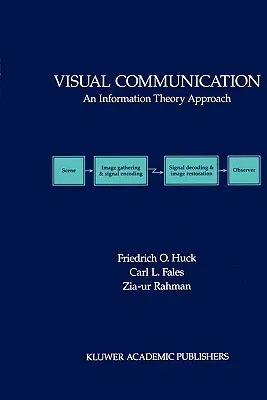Friedrich O Huck
(Author)Visual Communication: An Information Theory ApproachPaperback, 3 December 2010

Qty
1
Turbo
Ships in 2 - 3 days
In Stock
Free Delivery
Cash on Delivery
15 Days
Free Returns
Secure Checkout
Part of Series
The Springer International Engineering and Computer Science
Part of Series
Springer International Series in Engineering and Computer Sc
Print Length
203 pages
Language
English
Publisher
Springer
Date Published
3 Dec 2010
ISBN-10
1441951806
ISBN-13
9781441951809
Description
Product Details
Book Format:
Paperback
Country of Origin:
NL
Date Published:
3 December 2010
Dimensions:
23.39 x
15.6 x
1.17 cm
ISBN-10:
1441951806
ISBN-13:
9781441951809
Language:
English
Location:
New York, NY
Pages:
203
Publisher:
Series:
Weight:
312.98 gm

